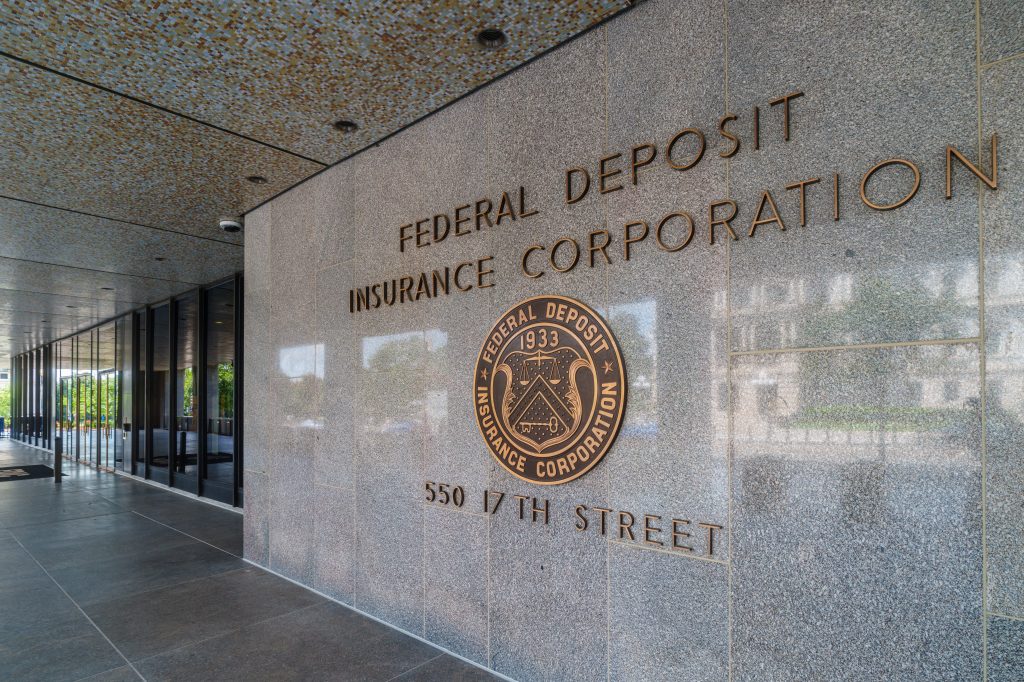A consolidated tape (CT) is a mechanism that aggregates data on the price and sales volume of securities from a number of trading venues. Having access to this data allows investors to monitor market liquidity and make informed investment decisions. A CT also acts as a valuable risk and control
Register for free to keep reading.
To continue reading this article and unlock full access to GRIP, register now. You’ll enjoy free access to all content until our subscription service launches in early 2026.
- Unlimited access to industry insights
- Stay on top of key rules and regulatory changes with our Rules Navigator
- Ad-free experience with no distractions
- Regular podcasts from trusted external experts
- Fresh compliance and regulatory content every day


















